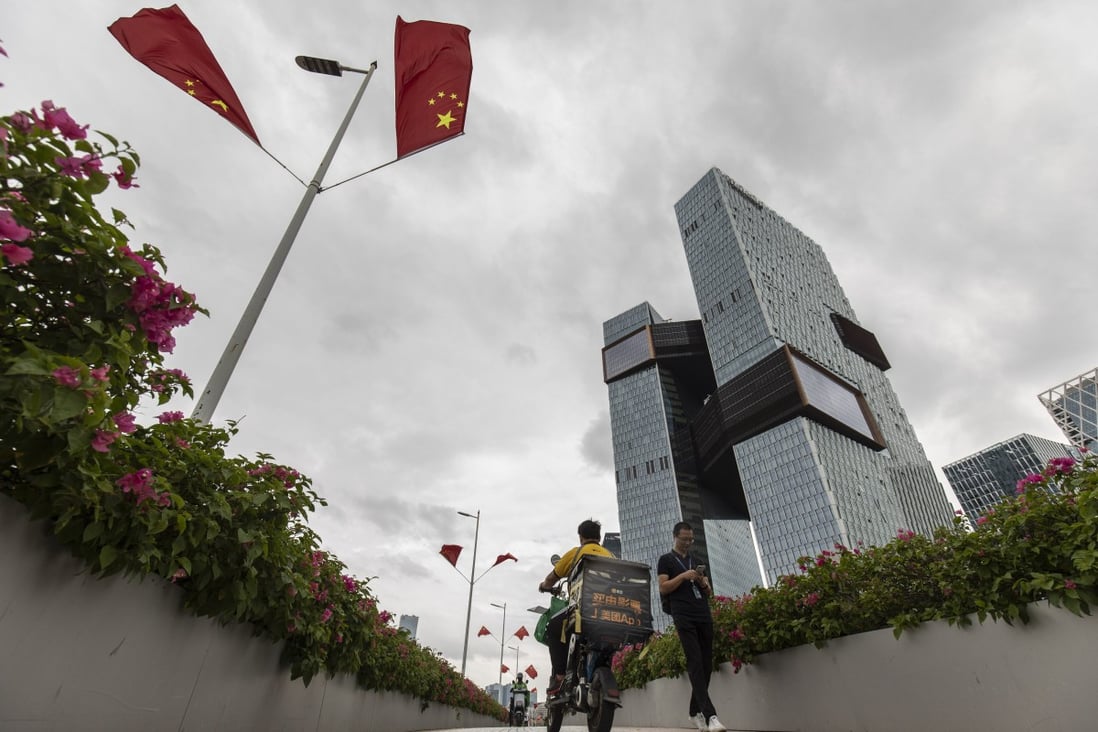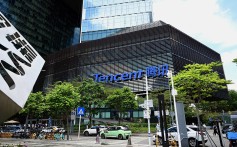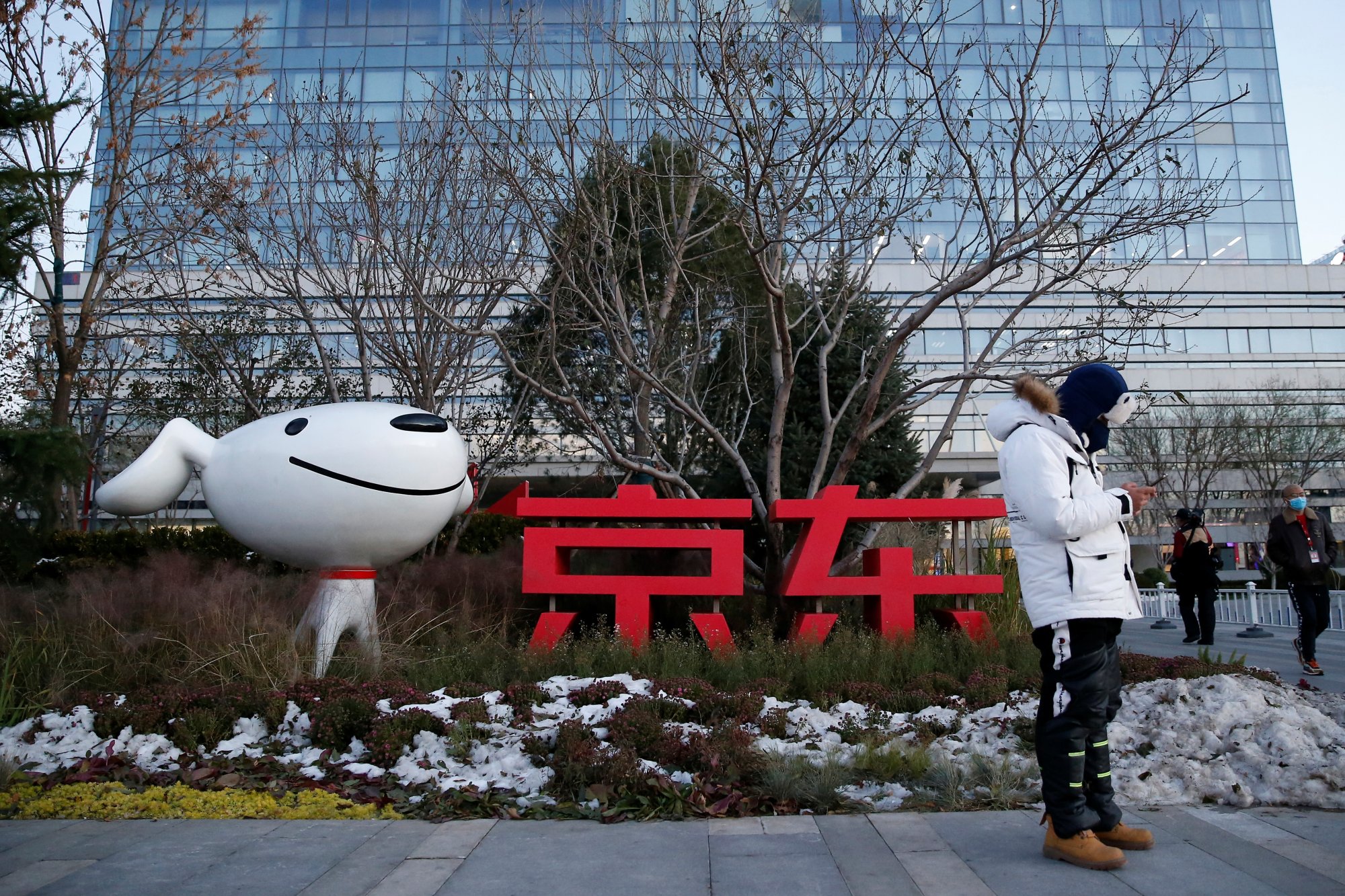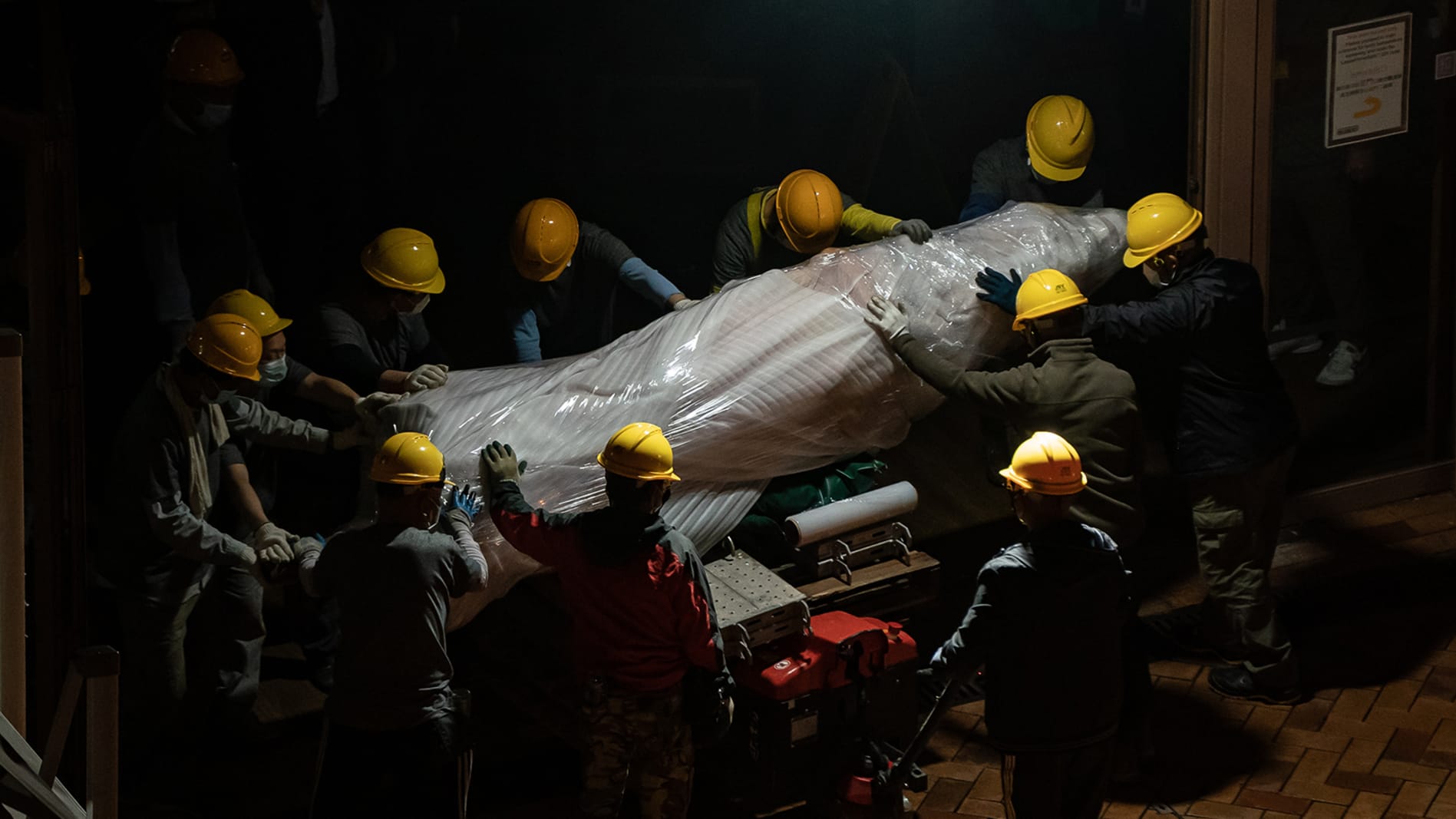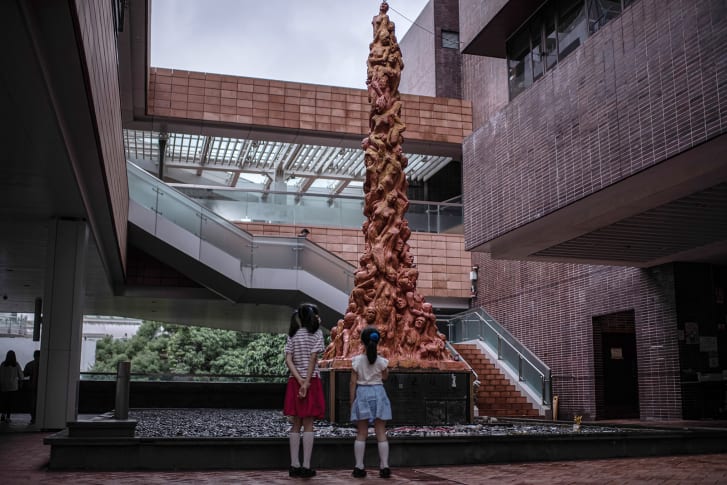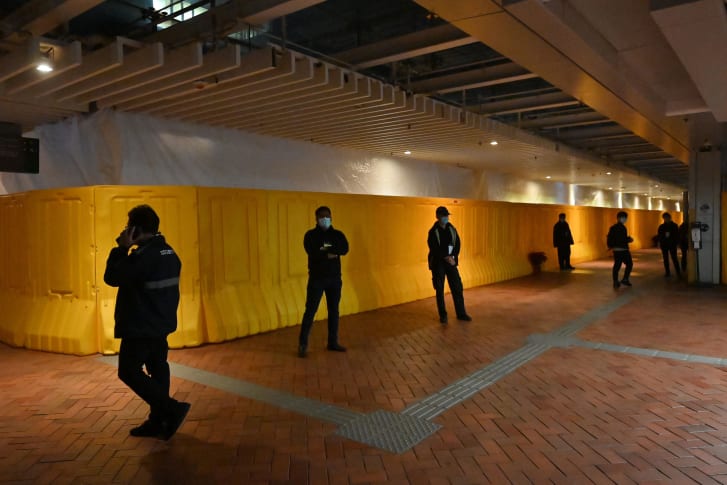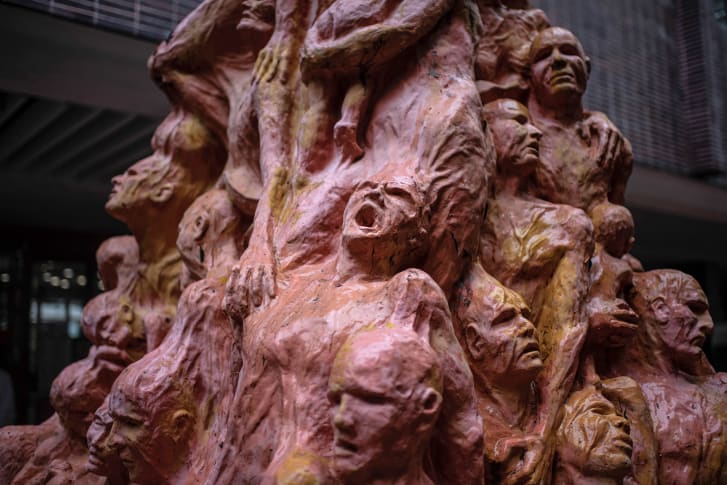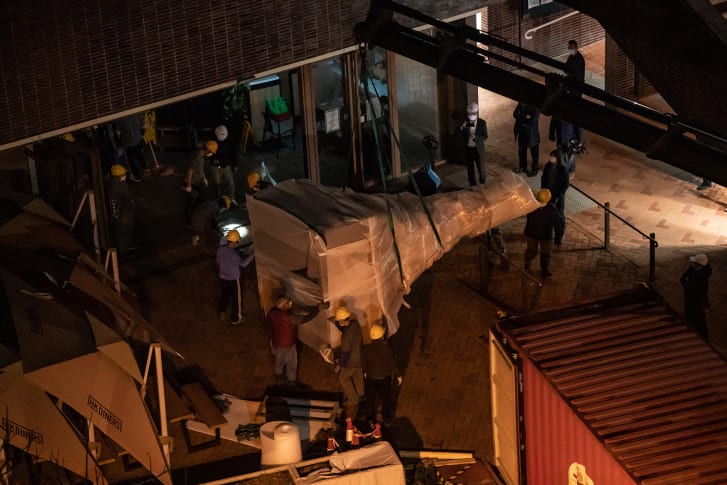ISOBEL FRODSHAM, PA
23 December 2021,

UK car production saw the worst November performance since 1984 last month despite a surge in demand for battery electric vehicles.
The Society of Motor Manufacturers and Traders (SMMT) said November UK car production was the fifth consecutive month of decline, dropping 28.7% to 75,756 units, the worst figure seen in 37 years, as car makers continue to battle with a worldwide shortage of semiconductors.
It added the figure was also reflective of the closure of a car factory in the summer, which will impact year-on-year comparisons until next July.
Production for domestic vehicles declined 18.8% last month, while the figure for the overseas market fell by 30.4%.
But British production of battery electric, plug-in hybrid and hybrid cars took a record share, accounting for around a third of all cars made in November and more than a quarter over the year to date.
Battery electric vehicle output, in particular, was up in November by 52.9% to 10,359 units, hitting a new high of 13.7% of all production, more than double the level a year ago.
In the year to date, UK car plants have produced 797,261 units, some 432,794 fewer compared to 2019 and 667,441 off the five-year pre-Covid average.
Mike Hawes, SMMT chief executive, said, “These are incredibly worrying figures, underscoring the severity of the situation facing the automotive industry.
“Covid is impacting supply chains massively, causing global shortages – especially of semiconductors – which is likely to affect the sector throughout next year.
“With an increasingly negative economic backdrop, rising inflation and Covid resurgence home and abroad, the circumstances are the toughest in decades.
“With output massively down for the past five months and likely to continue, maintaining cashflow, especially in the supply chain, is of vital importance. We have to look to the Government to provide support measures in the same way it is recognising other Covid-impacted sectors.
“The industry is as well prepared as it can be for the implementation of full customs controls at UK borders from January 1 but any delays arising from ill-prepared freight or systems will place further stress on businesses that operate ‘just in time’. Should any problems arise, contingency measures must be implemented immediately to keep cross-border trade flowing smoothly.”

UK car production saw the worst November performance since 1984 last month despite a surge in demand for battery electric vehicles.
The Society of Motor Manufacturers and Traders (SMMT) said November UK car production was the fifth consecutive month of decline, dropping 28.7% to 75,756 units, the worst figure seen in 37 years, as car makers continue to battle with a worldwide shortage of semiconductors.
It added the figure was also reflective of the closure of a car factory in the summer, which will impact year-on-year comparisons until next July.
Production for domestic vehicles declined 18.8% last month, while the figure for the overseas market fell by 30.4%.
But British production of battery electric, plug-in hybrid and hybrid cars took a record share, accounting for around a third of all cars made in November and more than a quarter over the year to date.
Battery electric vehicle output, in particular, was up in November by 52.9% to 10,359 units, hitting a new high of 13.7% of all production, more than double the level a year ago.
In the year to date, UK car plants have produced 797,261 units, some 432,794 fewer compared to 2019 and 667,441 off the five-year pre-Covid average.
Mike Hawes, SMMT chief executive, said, “These are incredibly worrying figures, underscoring the severity of the situation facing the automotive industry.
“Covid is impacting supply chains massively, causing global shortages – especially of semiconductors – which is likely to affect the sector throughout next year.
“With an increasingly negative economic backdrop, rising inflation and Covid resurgence home and abroad, the circumstances are the toughest in decades.
“With output massively down for the past five months and likely to continue, maintaining cashflow, especially in the supply chain, is of vital importance. We have to look to the Government to provide support measures in the same way it is recognising other Covid-impacted sectors.
“The industry is as well prepared as it can be for the implementation of full customs controls at UK borders from January 1 but any delays arising from ill-prepared freight or systems will place further stress on businesses that operate ‘just in time’. Should any problems arise, contingency measures must be implemented immediately to keep cross-border trade flowing smoothly.”
